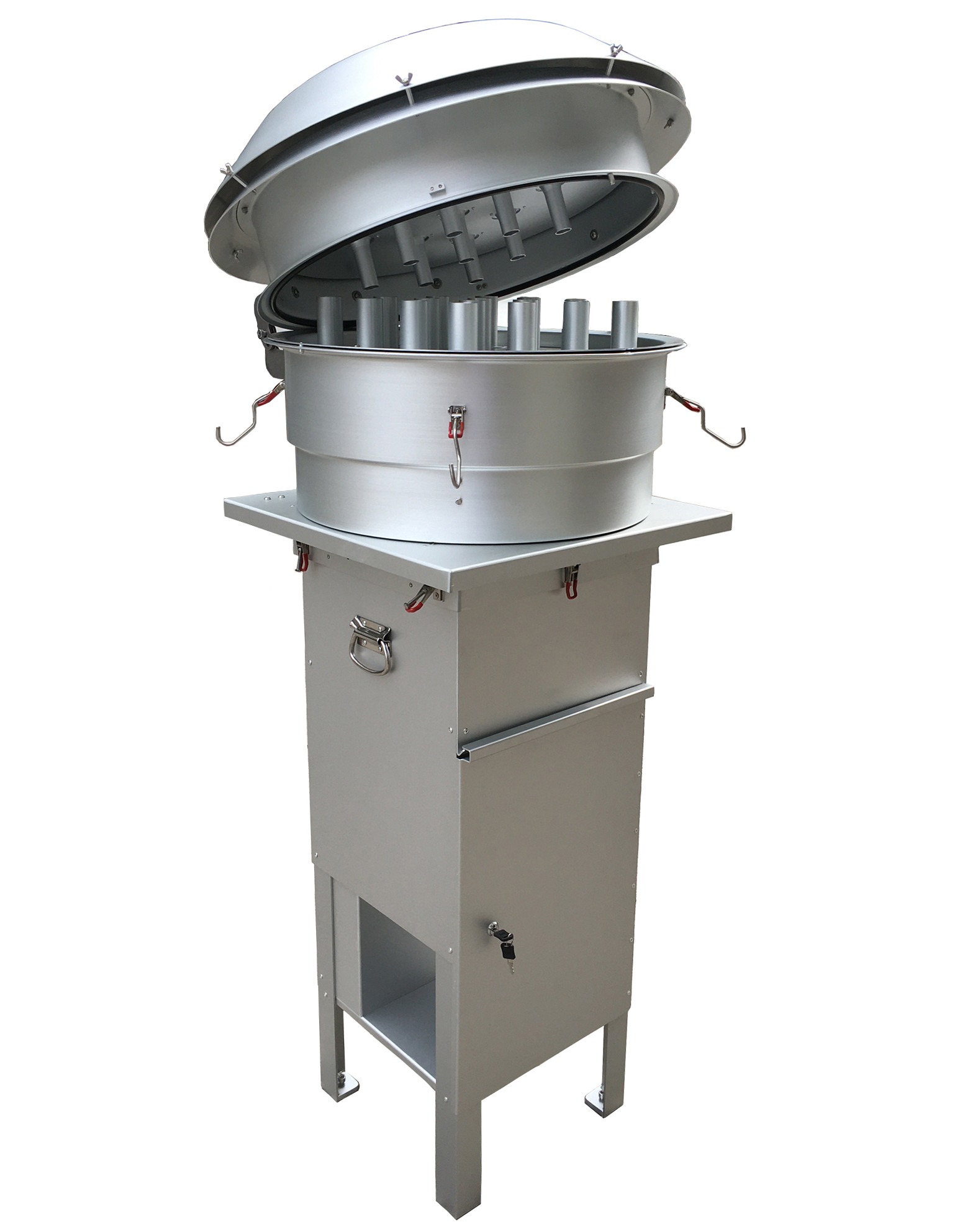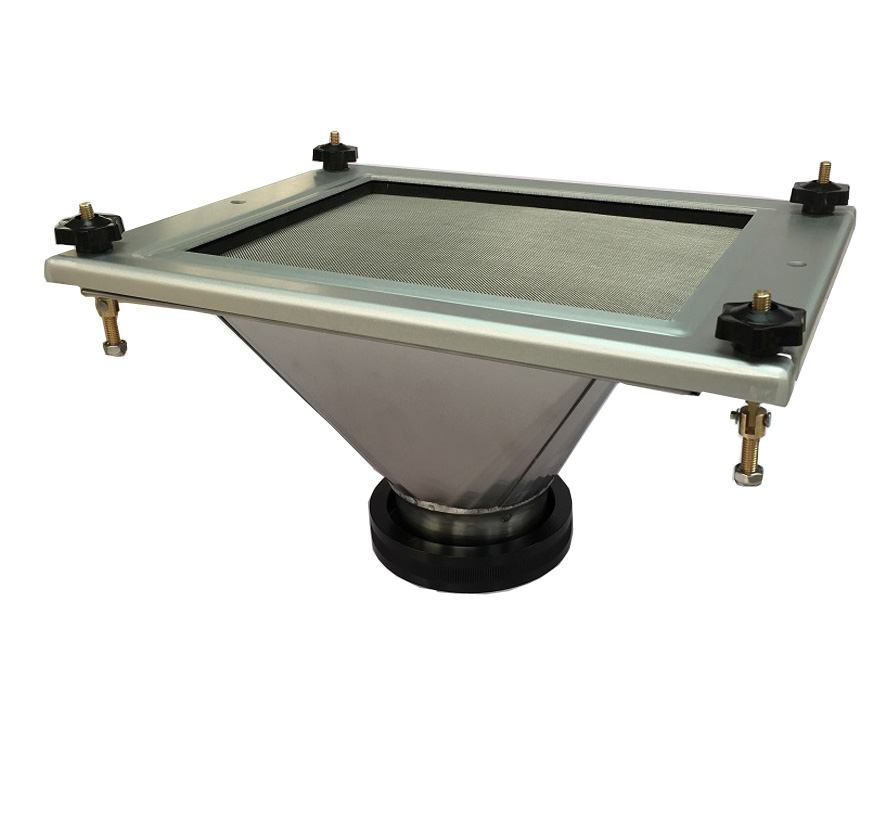In the face of escalating environmental challenges and the critical need for precise air quality monitoring, the demand for effective air sampling technologies has surged. Among these, low volume air samplers are gaining prominence due to their precision and efficiency. Central to monitoring airborne pollutants, the Low Volume Air Sampler has emerged as an essential tool for environmental professionals. This post delves into the intricacies of low volume air samplers, including the widely used PM2.5 and PM10 low volume particulate samplers, and their pivotal role in air quality assessment.
Understanding Low Volume Air Samplers
A low volume air sampler, including variants like PM2.5 and PM10 low volume particulate samplers, is a specialized instrument engineered to capture ambient air samples at controlled, low flow rates. Contrasting with high volume samplers that rapidly draw substantial quantities of air, low volume samplers, such as the low volume PM 10 air sampler, function at significantly reduced flow rates, generally from 1 to 30 cubic feet per minute (cfm), facilitating prolonged sampling durations. This reduced flow rate extends the sampling duration from several hours to multiple days, enabling these low volume air samplers to collect a more representative sample of air contaminants, crucial for accurate environmental analysis.
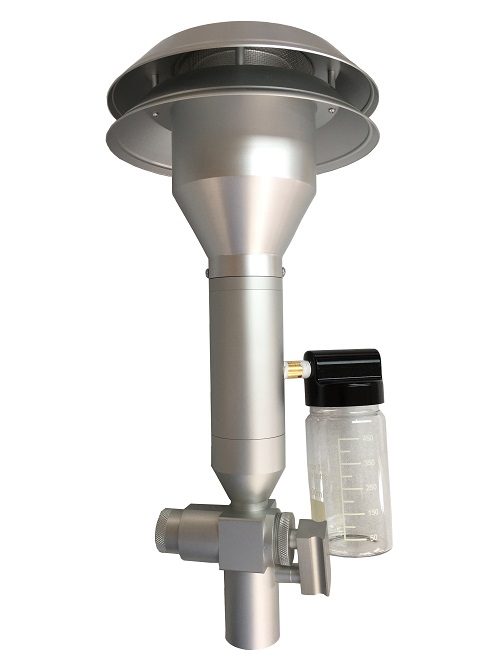
How Low Volume Air Samplers Work?
Low volume air samplers, including the sought-after low volume PM2.5 models, operate based on the diffusion principle. This principle explains that airborne particles and contaminants naturally migrate into the sampler's intake due to the concentration gradient between the ambient air and the sampler. Typically, these samplers, which include low volume air samplers for both PM10 and PM2.5, comprise an inlet oriented towards the prevailing wind, a collection substrate for trapping pollutants, and a precise flow control mechanism to ensure consistent sampling.The collected air passes through the sampler and deposits pollutants onto the collection substrate, which can be a filter, a sorbent material, or a combination of both.
Applications Of Low Volume Air Samplers
Low volume air samplers find extensive applications in various domains due to their ability to provide accurate and representative data over extended periods. Some of the key applications include:
Air Quality Monitoring
The most notable application of low volume air samplers, particularly those designed for PM2.5 and PM10, is in air quality monitoring. These devices are integral to environmental agencies and research institutions for tracking the levels of fine particulate matter and ensuring compliance with air quality standards.Environmental agencies and research institutions utilize low volume PM2.5 and PM10 air samplers to measure concentrations of key pollutants, including particulate matter (PM2.5 and PM10), nitrogen dioxide (NO2), sulfur dioxide (SO2), ozone (O3), and a spectrum of volatile organic compounds (VOCs). Emission Source Characterization Identifying and measuring air pollutant sources is critical for successful pollution management and regulatory actions.
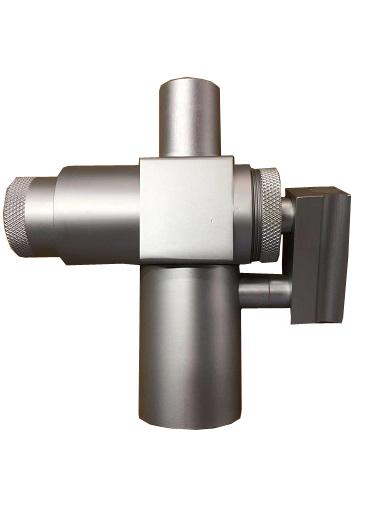
Emission Source Characterization
Low volume air samplers, particularly low volume PM10 particulate samplers, are critical in identifying and quantifying emission sources—a vital step for effective pollution management and regulatory compliance.Strategically deployed, low volume samplers, including specialized low volume PM2.5 and PM10 models, are placed near potential emission sources like industrial facilities, power plants, and areas with heavy vehicle traffic to collect samples containing pollutants from these specific sources. Analysis of samples from low volume air samplers enables researchers and regulators to discern the contributions of various emission sources to the overall air pollution levels, informing targeted mitigation strategies.
Health Studies
Low volume samplers, especially those used for PM2.5 and PM10 monitoring, are indispensable in elucidating the connection between air quality and public health, a critical aspect of environmental health research. Employing low volume air samplers, researchers conduct comprehensive health studies to examine the long-term impacts of exposure to various pollutants, which is essential for understanding and mitigating health risks. By utilizing low volume air samplers to gather air samples from highly polluted areas and contrasting them with samples from cleaner environments, researchers can evaluate the potential health risks linked to specific airborne contaminants.
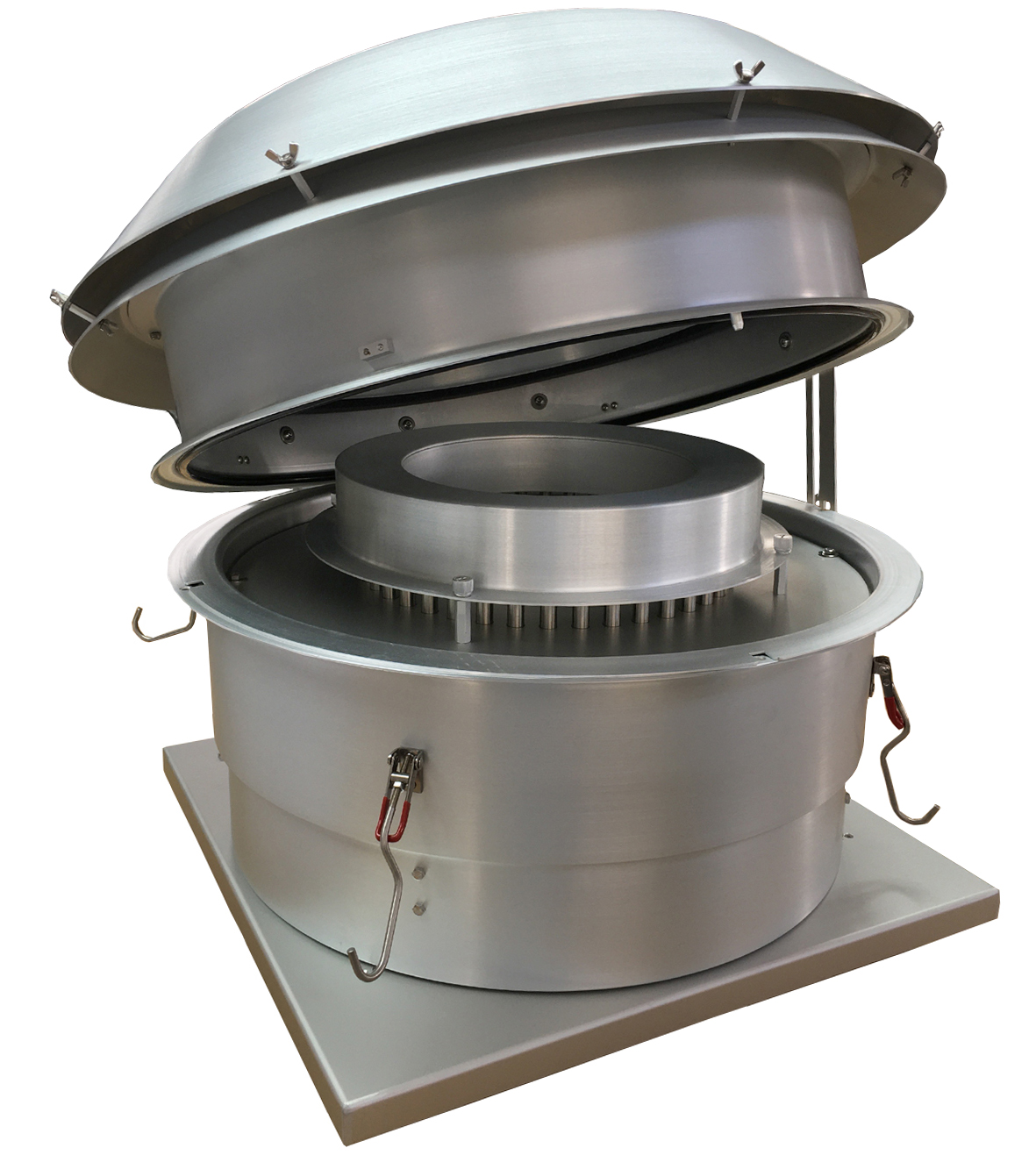
Indoor Air Quality Assessment
Assessing indoor air quality (IAQ) is another crucial application for low volume air samplers, including PM2.5 and PM10 devices, given the significant impact IAQ has on human health and well-being, considering the extensive time people spend indoors. Low volume air samplers, adept at detecting fine particulates and a wide array of pollutants, are employed to monitor IAQ in various indoor settings, including residential buildings, educational institutions, and workplaces. These samplers are instrumental in measuring a range of indoor contaminants, such as VOCs, formaldehyde, and radon, which may emanate from building materials, furnishings, cleaning agents, and other indoor sources.
Research And Environmental Studies
In the realm of atmospheric research and environmental studies, low volume air samplers, particularly those tailored for PM2.5 and PM10 sampling, are invaluable. They enable researchers to investigate the dynamics of pollutant behavior in the atmosphere. Utilizing these samplers, scientists can gather data essential for modeling atmospheric dispersion, evaluating the long-range transport of pollutants, and understanding the effects of these substances on ecosystems. By collecting comprehensive data on an array of contaminants and their spatial distribution with low volume air samplers, researchers can unravel the intricate interplay between air quality, climate change, and environmental health.
Conclusion
Low volume air samplers, with their balance of precision, efficiency, and cost-effectiveness, are indispensable tools in environmental monitoring and air quality management. As a premier air sampler supplier in China, T4 AIR SAMPLER stands at the forefront, offering a comprehensive range of low volume air samplers, including specialized PM2.5 and PM10 models, ideal for a myriad of applications. Our commitment lies in providing an extensive selection of air sampling instruments, with a focus on low volume air samplers that meet the rigorous demands of contemporary environmental monitoring. Contact us today to learn more about our products and how they can help you achieve precise and reliable air quality monitoring.
FAQs
1: What are the differences between PM2.5 and PM10 low volume air samplers?
Answer:
PM2.5 and PM10 low volume air samplers are designed to collect particulate matter with diameters of 2.5 micrometers and 10 micrometers, respectively. PM2.5 samplers are particularly important for health studies as these finer particles can penetrate deep into the lungs and even enter the bloodstream. PM10 samplers, while still important for health, are also used to monitor larger particles that can cause respiratory issues and are often associated with dust from construction sites, pollen, and mold. Both types of samplers are crucial for environmental monitoring and air quality assessment, but they target different size ranges of particulate matter, which can have varying sources and health effects.
2: How do low volume air samplers contribute to public health and safety?
Answer:
Low volume air samplers play a critical role in public health and safety by providing accurate measurements of airborne pollutants. By detecting and quantifying the concentration of harmful particulates and gases in the air, these devices help identify areas with poor air quality. This information can be used to issue health advisories, guide policy decisions on air quality standards, and inform the public about necessary precautions. Additionally, data from these samplers are used in health studies to establish links between air pollution and health outcomes, leading to better strategies for disease prevention and health promotion.
3: Can low volume air samplers be used for both indoor and outdoor air quality monitoring?
Answer:
Yes, low volume air samplers are versatile tools that can be used for both indoor and outdoor air quality monitoring. Indoor air quality monitoring is essential for ensuring safe levels of air pollutants in homes, offices, and schools, where people spend a significant amount of time. These samplers can detect common indoor pollutants such as VOCs, formaldehyde, and radon. For outdoor monitoring, they are used to track pollutants from various sources, including industrial emissions, vehicle exhaust, and natural sources, to help maintain healthy air quality levels in communities. The adaptability of these samplers makes them invaluable for comprehensive air quality management programs.


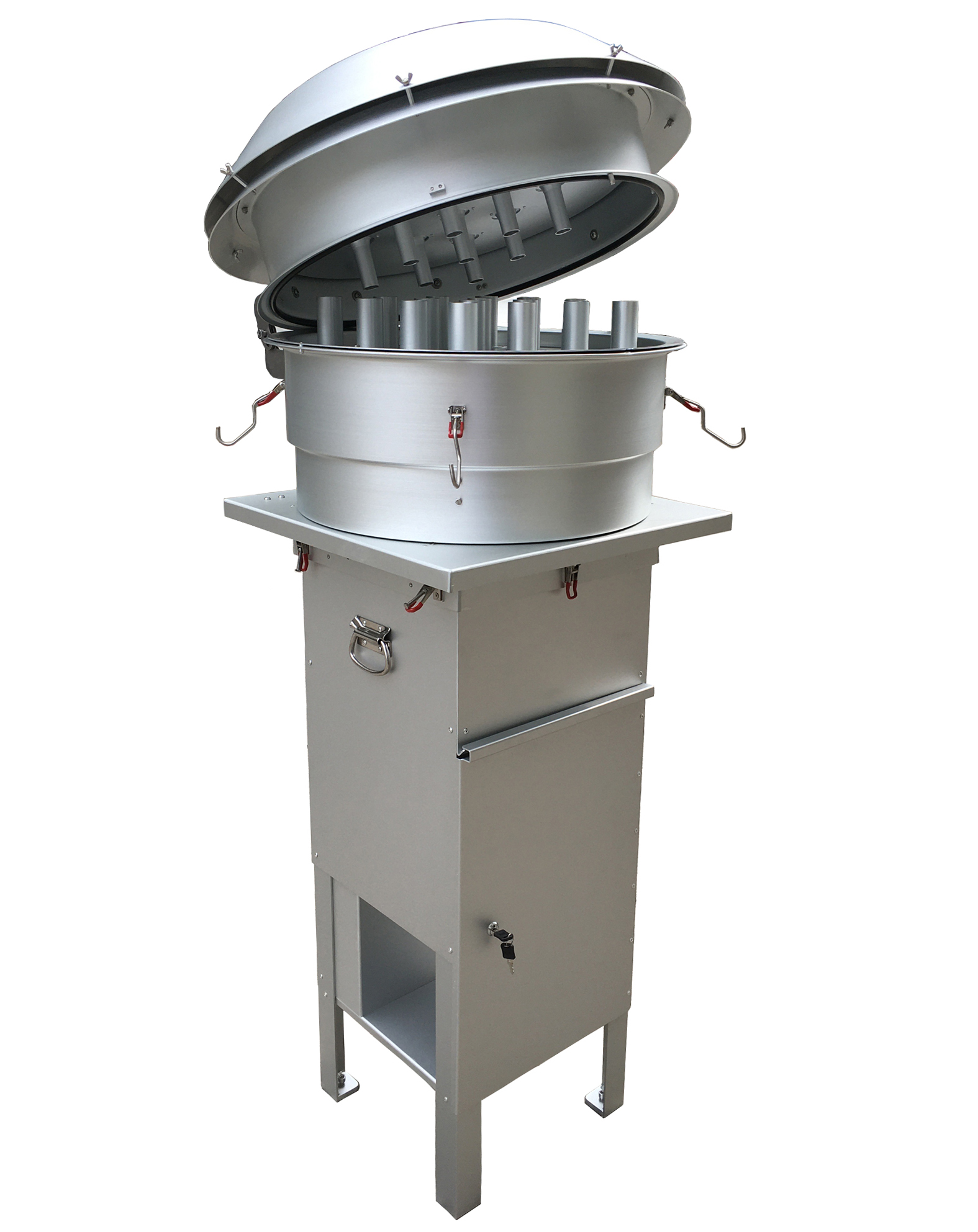
.jpg)
